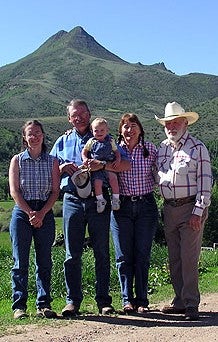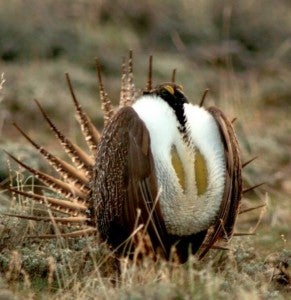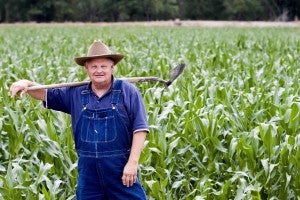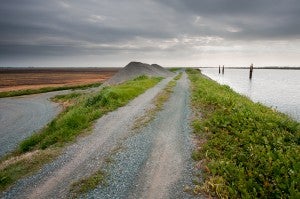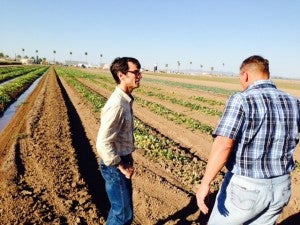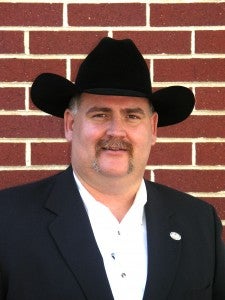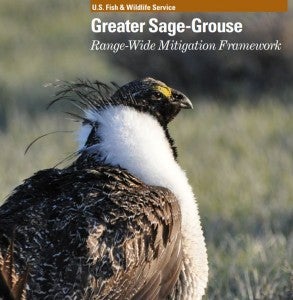Pat O’Toole is a rancher and farmer at Ladder Livestock, a sixth-generation family operation on the Little Snake River along the Wyoming-Colorado border. A leader in collaborative conservation, Pat is engaged in a number of innovative land and water conservation efforts in his capacity as president of the Family Farm Alliance and a member of the AGree advisory board.
This past September, Pat co-authored an AGree paper with Dan Keppen, Executive Director of Family Farm Alliance. The paper – Securing the Future of Western Agriculture: A Perspective of Western Producers – addresses some broad challenges facing the global food and agriculture system. Namely, the need to meet future demands for food while simultaneously enhancing water, soil and other natural resources.
I recently had the opportunity to visit Pat’s ranch to get a sense of these challenges that he and other Western producers face, and to learn more about what Pat is doing to overcome these challenges on his ranch. I asked him to give us a recap of our discussion and to tell us more about his vision for the future.
Read More










